Properties
| Storage Buffer | PBS pH 7.4, 50% glycerol, 0.09% sodium azide *Storage buffer may change when conjugated |
| Storage Temperature | -20ºC, Conjugated antibodies should be stored according to the product label |
| Shipping Temperature | Blue Ice or 4ºC |
| Purification | Protein A purified |
| Clonality | Polyclonal |
| Specificity | Detects ~14.46kda. |
| Cite This Product | Rabbit Anti-Human Alpha Synuclein Polyclonal (StressMarq Biosciences, Victoria BC, Cat# SPC-800) |
| Certificate of Analysis | A 1:1000 dilution of SPC-800 was sufficient for detection of Alpha Synuclein in 15 μg of mouse Brain cell lysates by ECL immunoblot analysis using goat anti-rabbit IgG:HRP as the secondary antibody. |
Biological Description
| Alternative Names | Alpha Synuclein Antibody, Non-A4 component of amyloid precursor Antibody, MGC105443 Antibody, OTTHUMP00000218552 Antibody, MGC110988 Antibody, OTTHUMP00000218553 Antibody, Synuclein alpha 140 Antibody, alphaSYN Antibody, Parkinson disease familial 1 Antibody, OTTHUMP00000218554 Antibody, Parkinson disease (autosomal dominant, Lewy body) 4 Antibody, Synuclein, alpha (non A4 component of amyloid precursor) Antibody, OTTHUMP00000218549 Antibody, Non A4 component of amyloid precursor Antibody, MGC127560 Antibody, SYN Antibody, SNCA Antibody, MGC64356 Antibody, Non A4 component of amyloid Antibody, PARK4 Antibody, Alpha synuclein Antibody, PARK 1 Antibody, Snca synuclein, Synuclein alpha Antibody, Non-A4 component of amyloid, precursor of Antibody, OTTHUMP00000218551 Antibody, PARK 4 Antibody, PARK1 Antibody, Alpha-synuclein, isoform NACP140 Antibody, Non-A-beta component of alzheimers disease amyloid, Non-A beta component of AD amyloid Antibody, NACP Antibody, SYUA_HUMAN Antibody, Alpha-synuclein Antibody, Non A beta component of AD amyloid Antibody |
| Research Areas | Alzheimer's Disease, Neurodegeneration, Neuroscience, Parkinson's Disease, Synuclein, Tangles & Tau, Multiple System Atrophy |
| Cellular Localization | Cell Junction, Cytoplasm, Membrane, Nucleus, Secreted, Synapse |
| Accession Number | NP_000336.1 |
| Gene ID | 6622 |
| Swiss Prot | P37840 |
| Scientific Background | Alpha-Synuclein (SNCA) is expressed predominantly in the brain, where it is concentrated in presynaptic nerve terminals (1). Alpha-synuclein is highly expressed in the mitochondria of the olfactory bulb, hippocampus, striatum and thalamus (2). Functionally, it has been shown to significantly interact with tubulin (3), and may serve as a potential microtubule-associated protein. It has also been found to be essential for normal development of the cognitive functions; inactivation may lead to impaired spatial learning and working memory (4). SNCA fibrillar aggregates represent the major non A-beta component of Alzheimers disease amyloid plaque, and a major component of Lewy body inclusions, and Parkinson's disease. Parkinson's disease (PD) is a common neurodegenerative disorder characterized by the progressive accumulation in selected neurons of protein inclusions containing alpha-synuclein and ubiquitin (5, 6). |
| References |
1. “Genetics Home Reference: SNCA”. US National Library of Medicine. (2013). 2. Zhang L., et al. (2008) Brain Res. 1244: 40-52. 3. Alim M.A., et al. (2002) J Biol Chem. 277(3): 2112-2117. 4. Kokhan V.S., Afanasyeva M.A., Van'kin G. (2012) Behav. Brain. Res. 231(1): 226-230. 5. Spillantini M.G., et al. (1997) Nature. 388(6645): 839-840. 6. Mezey E., et al. (1998) Nat Med. 4(7): 755-757. |
Product Images

Western blot analysis of Human Recombinant Protein showing detection of Alpha Synuclein protein using Rabbit Anti-Alpha Synuclein Polyclonal Antibody (SPC-800). Lane 1: MW ladder. Lane 2: Alpha Synuclein. Lane 3: Beta Synuclein. Lane 4: Gamma Synuclein. Load: 0.5 ug. Block: 5% Skim Milk powder in TBST. Primary Antibody: Rabbit Anti-Alpha Synuclein Polyclonal Antibody (SPC-800) at 1:1000 for 2 hours at RT with shaking. Secondary Antibody: Goat anti-rabbit IgG:HRP at 1:4000 for 1 hour at RT with shaking. Alpha synuclein antibody shows cross-reactivity with beta synuclein but not gamma synuclein..

Western blot analysis of Mouse Brain showing detection of ~14.46kDa Alpha Synuclein protein using Rabbit Anti-Alpha Synuclein Polyclonal Antibody (SPC-800). Lane 1: Molecular Weight Ladder (MW). Lane 2: Mouse Brain. Load: 15 µg. Block: 5% Skim Milk powder in TBST. Primary Antibody: Rabbit Anti-Alpha Synuclein Polyclonal Antibody (SPC-800) at 1:1000 for 2 hours at RT with shaking. Secondary Antibody: Goat anti-rabbit IgG:HRP at 1:4000 for 1 hour at RT with shaking. Color Development: Chemiluminescent for HRP (Moss) for 5 min in RT. Predicted/Observed Size: ~14.46kDa. Other Band(s): Higher molecular weight oligomers.
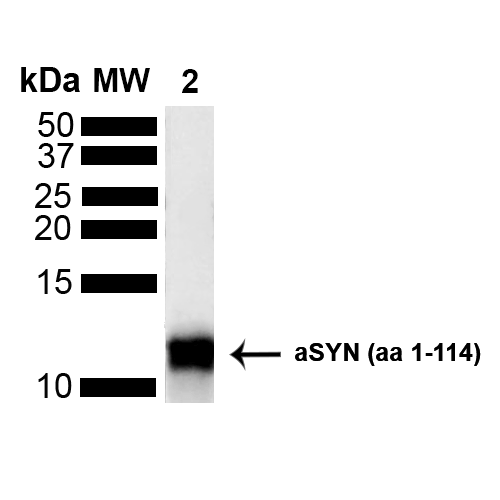
Western blot analysis of Human Truncated Alpha Synuclein Protein showing detection of Alpha Synuclein protein using Rabbit Anti-Alpha Synuclein Polyclonal Antibody (SPC-800). Lane 1: MW Ladder. Lane 2: hASYN aa 1-114 (5 uL). Load: 5 uL. Block: 5% Skim Milk Powder in TBST. Primary Antibody: Rabbit Anti-Alpha Synuclein Polyclonal Antibody (SPC-800) at 1:1000 for 2 hours at RT with shaking . Secondary Antibody: Goat anti-rabbit IgG:HRP at 1:4000 for 1 hour at RT with shaking .


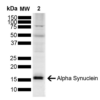





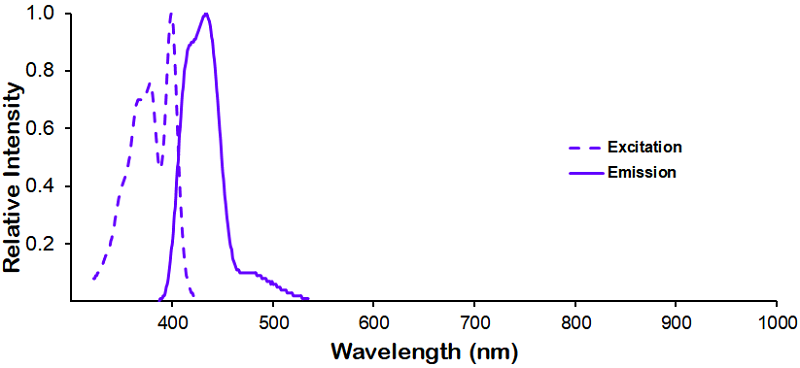
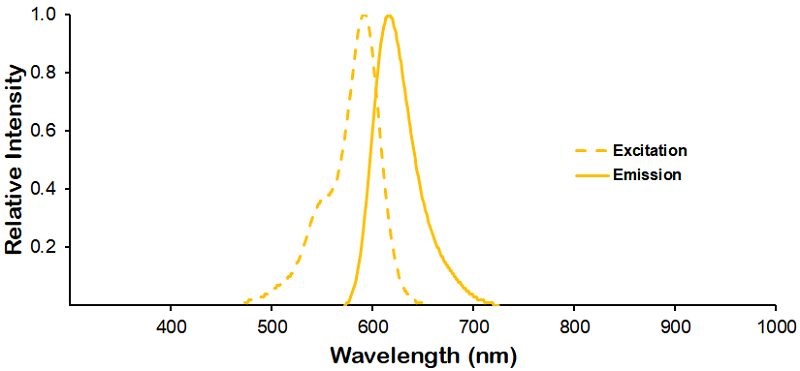

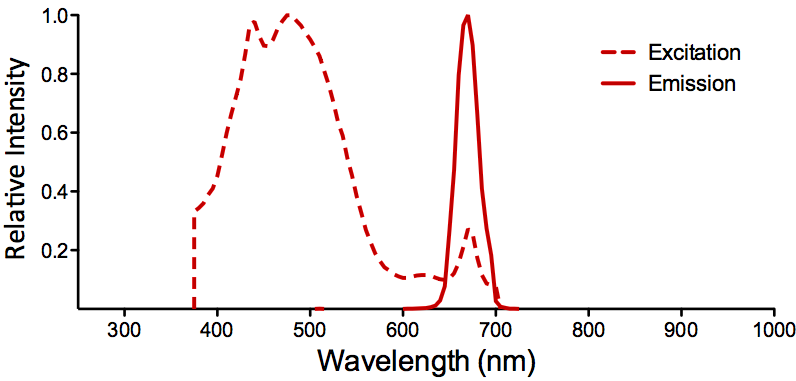
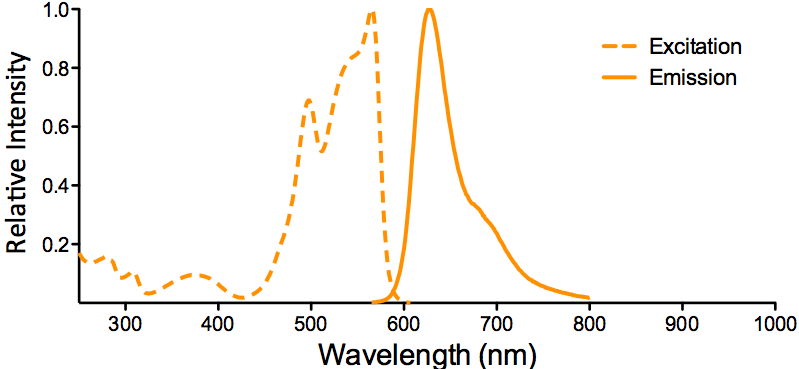
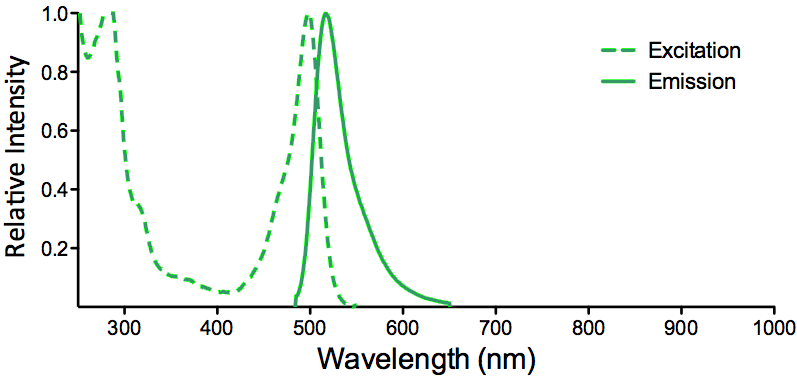
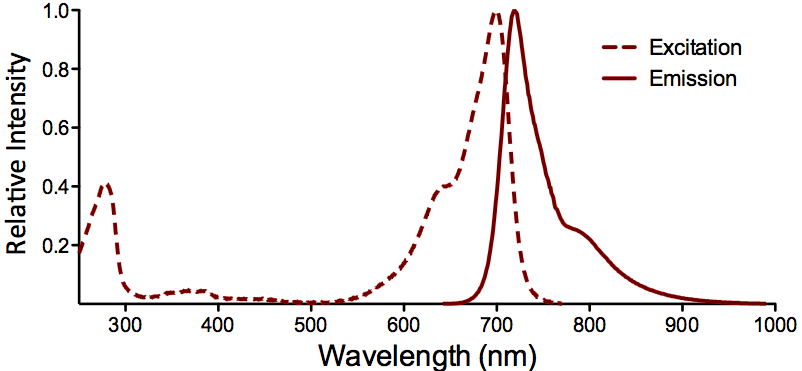

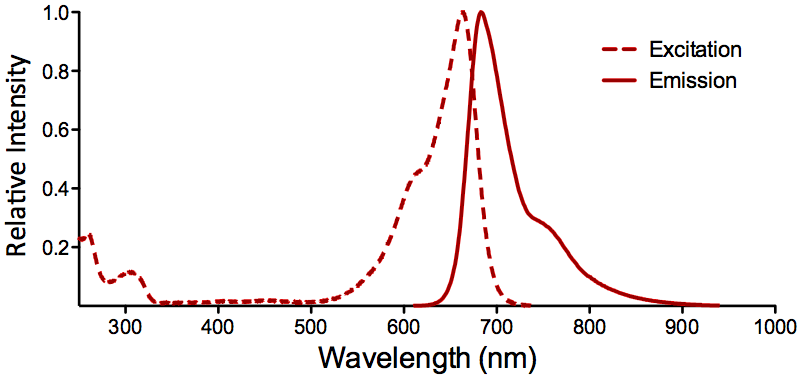

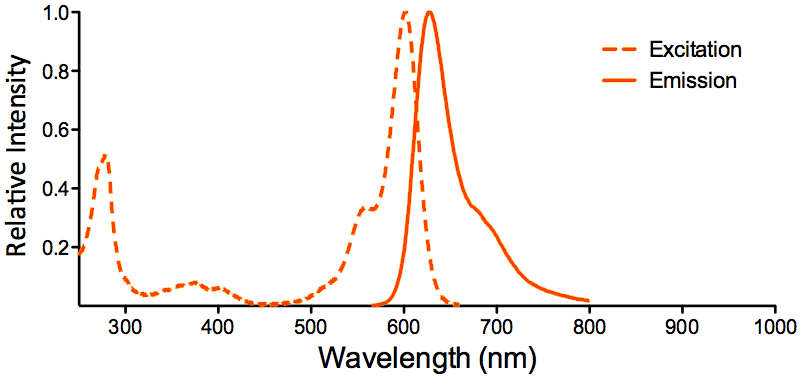
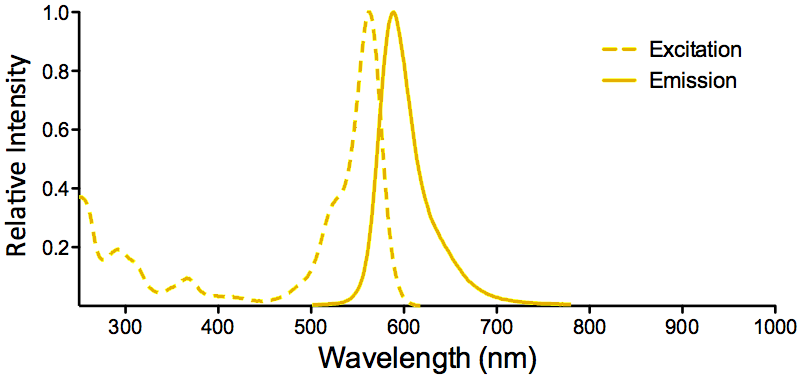


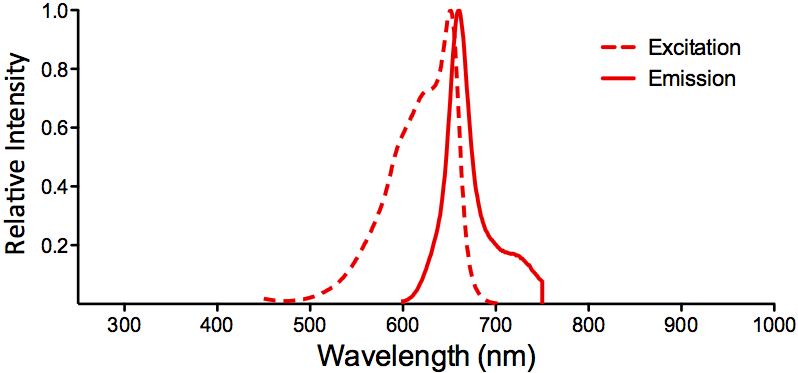



StressMarq Biosciences :
Based on validation through cited publications.